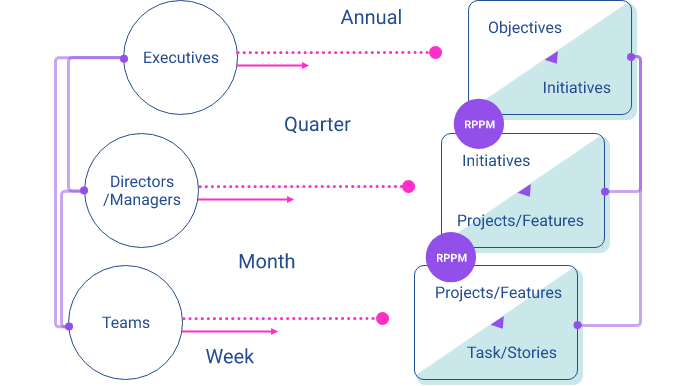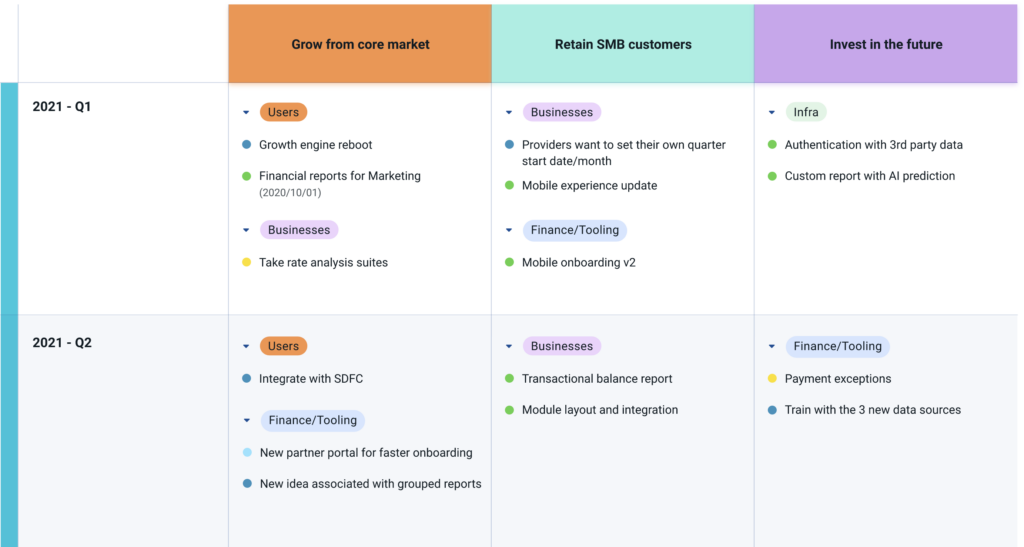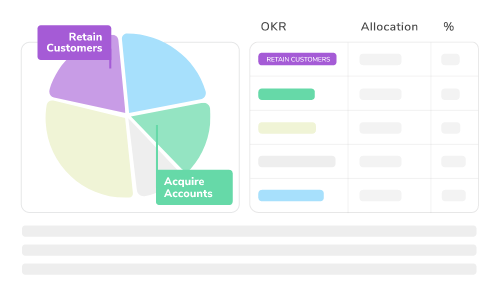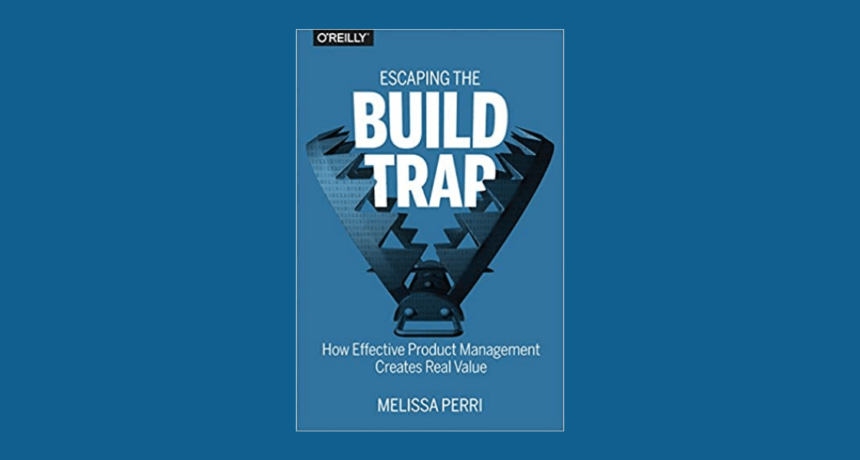If you’re serious about building an outcome-focused organization, Escaping the Build Trap by Melissa Perri is a great read. In this post, we share a few key takeaways from the book. We’ll share common product management practices and deliverables we’ve observed as examples of the “build trap”. And we’ll show how a great portfolio tool like Dragonboat enables product leaders, from Chief Product Officers (CPOs) to their teams, effectively run an outcome-focused product organization.
“A product led organization is characterized by a culture that organizes outcomes over outputs, including a company cadence that revolves around evaluating strategies in accordance with meeting outcomes.”
The Strategic Framework
The context of a strategic framework is more functional than theoretical.
The terminology of the strategic framework Melissa uses is “Vision, Strategic Intent, Product Initiatives, and Options.”
In some companies, terms like Vision/ Mission, Strategic Intent/ Bets/ Big Rocks, Product Initiatives/ Programs are interchangeable. Check out the “Rock, Pebble, Sand product management” piece covering a similar concept.
An outcome-focused product leader does not mandate initiatives but instead provides strategic intents. The strategic intent points to the outcome the business wants the team to achieve.
One example of output-based product management is the product roadmap. A product roadmap is not the best way to describe the strategy and direction of the product team, as it is often output-based with a list of features and associated dates. On the other hand, you can construct a multidimensional board based on the outcome.

The 3 Horizon Strategic Deployment
Similar to what we observed in high-performing product organizations, leaders at the right level make the right sized decision, which provides the guidepost for the subsequent level.
- “Different levels of strategies are stories at different time scales… Executives may be thinking of 5-year strategies, middle management is thinking of smaller strategies like yearly or quarterly strategies, bounding their teams to make decisions on a monthly or weekly basis.”
- “When teams are not sufficiently constrained, they feel stuck because there are too many options.”
The interconnection between the 3 levels of an organization is critical to the success of a product-led organization. Here, the middle management could be product managers or directors. They play a critical role in connecting strategies and execution.
The Dragonboat product module supports Bets, Initiatives, and Features, each representing the long-term, mid-term, and near-term focus at the 3 levels of the organization, connecting the context throughout the levels of the organization.

The Communication Strategy
Having a strategic framework and carrying it through all levels of an organization is an important foundation of a product-led organization. To keep it alive, the organization also needs to ensure consistent communication of the progress in the format of outcomes, across various cadences. Here are the 3 review cadences, according to Melissa.
- Quarterly business reviews – “progress towards strategic intents and outcomes in financial nature. CPOs and product VPs will explain how product initiatives have furthered the strategic intent.. and new strategic intents may be introduced in this format.”
- Product initiative reviews – also quarterly – ‘staggered from the quarterly business review… focus on the product development part of the house with CTO, VP engineering, design, and product managers to discuss how options towards product initiatives have progressed and adjusted strategies accordingly. New product initiatives may be introduced during this cadence with buy-ins from the development lead.”
- Release reviews – “often monthly, for teams to show off the hard work they’ve done and to talk about success metrics. Also, a forum to share the product with marketing, sales teams on what’s about to be released.”
In our observation, both Chief Product Officers and their teams need to communicate up and down and across the organization. Most CPOs and their team rely on meetings, spreadsheets, decks, and emails to connect the long-term strategy with team actions. However, the context will often end up lost and along the way, a list of deliverables takes place. Furthermore, an organization can easily slip back from outcome-focused to output-focused during the shuffle between different cadences and meetings.
Dragonboat is a perfect platform both for quarterly product reviews and release reviews, taking into account inputs (strategic intents, goals) from business reviews and passing them down to the team for execution.

Budgeting and Portfolio Allocation
Budgeting and allocation are a key part of product operations. Here Melissa shared a few best practices
- “Product-led organizations budget for and allocate to work based on their distribution and the stage of their work.”
- “Invest in known knowns, and also set aside money for discovering new opportunities to propel the business model forward. And add more and more funds to grow the opportunities as they become validated.”
Traditional product organizations allocate budgets and headcounts on an annual basis with lists of predetermined initiatives. This does not allow responsiveness to the changing business environment. Outcome-based organizations continuously assess outcomes against goals and adjust where allocation to product should be applied. This is the genesis of Responsive PPM.
Dragonboat enables multi-dimensional, multi-level product allocation in real-time during planning.

Key Learnings as a PM – from Escaping the Build Trap
PM – PMs are not idea generators, but bad idea terminators
Senior PM – the strategic framework makes or breaks a company
Consultant – the understanding of getting buy-in and what motivates people
Are You in a Product-Led Organization?
Here are the 6 questions Melissa leaves to you in Escaping the Build Trap:
- Who came up with the last feature you built?
- What was the last product you decided to kill?
- When was the last time you talked to your customers?
- What is your goal?
- What are you currently working on? (hint: the problem first, before solutions)
- What are your project managers like? (hint: are product managers treated as project managers with a delivery/ output focus?)
Product managers are the most collaborative role in an organization. They need to focus on both solving customer problems and achieving business outcomes. The success of product management is largely dependent on the process and culture of the company. But don’t be discouraged – every company wants to be product-led and outcome-focused. Visibility and context help to build trust in product management.
A source of truth system connecting the moving pieces from the executive level to the feature level, tying work with goals and outcomes, may help with this.




